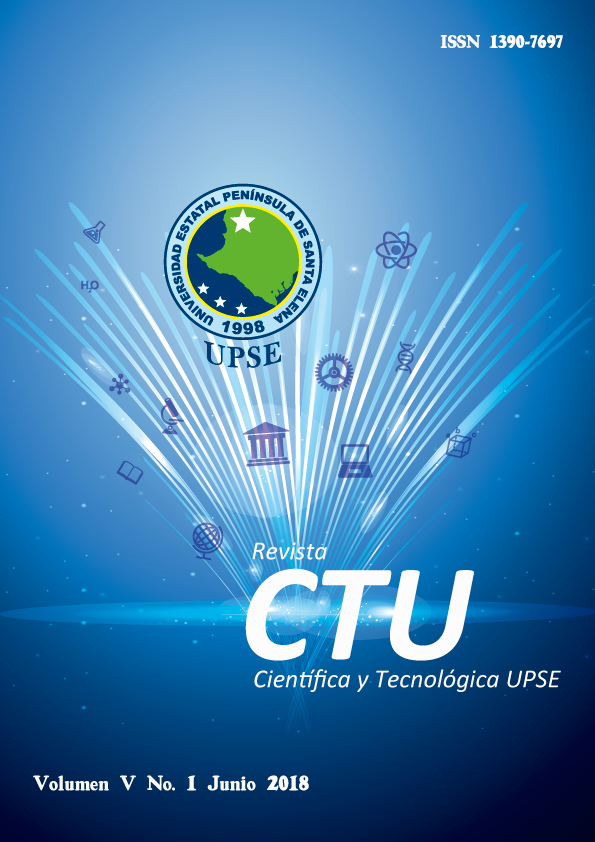Use of dynamic simulations in Matlab as part of the process of teaching-learning of the derivative, defined integral and calculation of volumes
DOI:
https://doi.org/10.26423/rctu.v5i1.306Keywords:
Calculus, derivative, integral, volumes, simulations, MatlabAbstract
The mathematics of all time has had as the main source of inspiration the visualization, playing an important role in the development of concepts, notions and basic ideas of the differential and integral calculus. The present work provides tools and basic methods of use relatively simple, developed in the computational package Matlab, working topics such as the geometric definition of derivative, the definite integral and calculation of volumes of revolution using the disk method, which allows to obtain very powerful results in "animated" dynamic simulations that serve as support and facilitating didactic resource in the teaching-learning process of calculus. Modifying and renewing in the first instance the traditional way of teaching this subject in the first years of the basic university cycle in this institution and why not in the country, in addition, it is expected that this work, to banish the paradigm around the student community, that has related to the calculus with a pure and completely algebraic, static and rote idea.
Downloads
References
Apostol, T. M., & Vélez Cantarell, D. F. (1960). Análisis matemático: introducción moderna al cálculo superior. Barcelona: Reverté.
Artigue, M., Douady, R., & Moreno, L. (1995). Ingeniería didáctica en educación matemática. Bogotá: Grupo Editorial Iberoamérica.
Espinoza Ramos, E. (2008). Análisis Matemático II. Lima: Eduardo Espinoza Ramos.4.Gamboa Araya, R. (2007). Uso de la tecnología en la enseñanza de las matemáticas. Cuadernos de investigación y formación en educación matemática, 11-44.
García Retana, J. Á. (2013). La problemática de la enseñanza y el aprendizaje del cálculo para ingeniería. Revista Educación, 37, 29 -42.
Milevicich, L., & Lois, A. (2008). La enseñanza y aprendizaje del cálculo integral mediante el uso de ordenador. En C. L. Educativa, Acta Latinoamericana de Matemática Educativa (Vol. 21, págs. 973-982). Mexico DF: Editorial Patricia Lestón.
Piskunov, N. (1977). Cálculo Diferencial e Integral(Vol. 1). Moscú: Editorial Mir.
Rodríguez, L. (2011). Análisis Numérico Básico Un enfoque algorítmico con el soporte de Matlab. Guayaquil: ESPOL.
Sabín, Y., Toledo, V., Albelo, M., García, L., & Pino, J. A. (2005). Una herramienta de apoyo a la enseñanza del cálculo diferencial e integral a través de las tecnologías de la información y las comunicaciones (TIC). Revista Ciencias Técnicas Agropecuarias, 59-62.
Downloads
Published
Issue
Section
License
El titular de los derechos de autor de la obra, otorga derechos de uso a los lectores mediante la licencia Creative Commons Atribución-NoComercial-CompartirIgual 4.0 Internacional. Esto permite el acceso gratuito inmediato a la obra y permite a cualquier usuario leer, descargar, copiar, distribuir, imprimir, buscar o vincular a los textos completos de los artículos, rastrearlos para su indexación, pasarlos como datos al software o usarlos para cualquier otro propósito legal.
Cuando la obra es aprobada y aceptada para su publicación, los autores conservan los derechos de autor sin restricciones, cediendo únicamente los derechos de reproducción, distribución para su explotación en formato de papel, así como en cualquier otro soporte magnético, óptico y digital.












